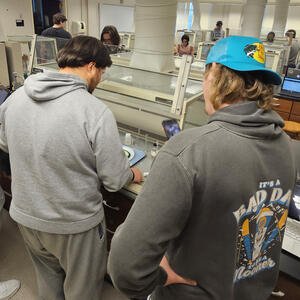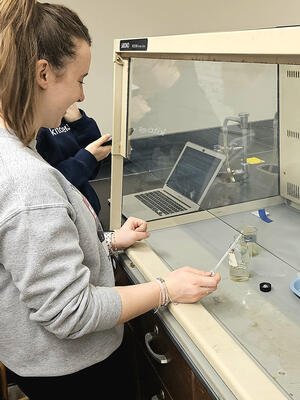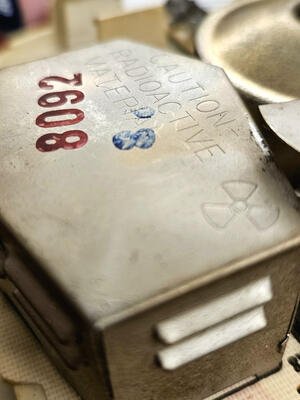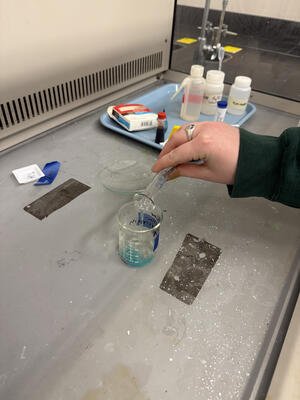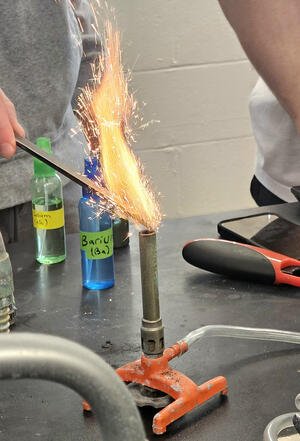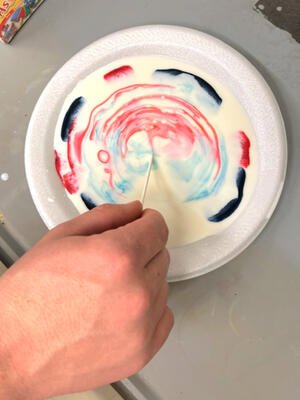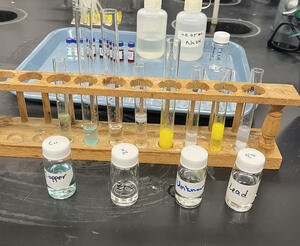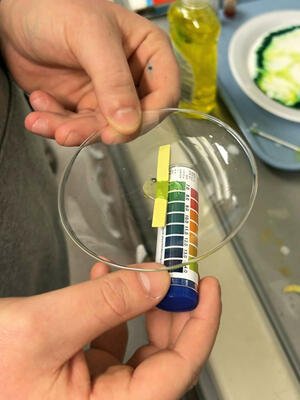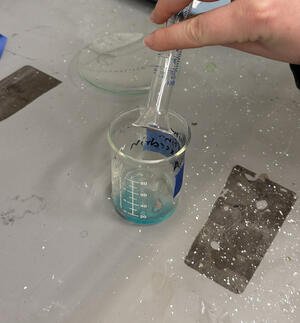For many students, the graduation requirements in science can be intimidating, but Professor Nicole Eyet’s chemistry class “Science of Books and Movies,” has turned into a high point.
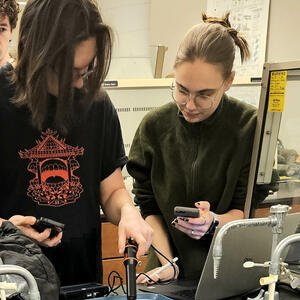
More aptly named “Science of James Bond,” the class investigates the fictional science of various James Bond films and their respective books, comparing them to real-world scientific concepts. From the gold-irradiating dirty bomb of “Goldfinger” to the humanity-eradicating space station of “Moonraker”, the villains of the Bond series always seem to have science on their side. Eyet strives to answer the plausibility of these ridiculous plans throughout the course of her class.
When asked why she started teaching this course, Eyet stated, “I think sometimes there’s a stereotype around science being unapproachable or extraordinarily difficult. Finding a topic students can more directly relate to I hope is more engaging than a traditional approach to it.” She then went on to say, “I am also a huge James Bond fan.”
Students within the class have also expressed positive feedback regarding its approach to teaching scientific concepts. French major Emma Link ’25 stated, “[Professor Eyet’s] approach to this class has very much so been that of making sure we know enough science that we can question poorly done science in books and movies, and wherever else we would come across it”
“So far my favorite aspect of the course is how approachable it is,” says Philosophy major Jack Cosgrove ’25, “Dr. Eyet has done a great job at making these complex subjects accessible to students during class and during laboratory work.”
As far as laboratory work is concerned, it varies from determining the physics of various toys to lighting gunpowder on fire. The lab is designed to teach various topics and display their applications without feeling too overwhelming or overly scientific. Eyet expressed that watching students’ genuine reactions to laboratory work when they can see their experiments succeed, even for something as simple as dissolving copper, is the most gratifying part of the class.
Students continuously engage with lab every week, and multiple, including Link and Cosgrove, have expressed that the laboratory section has been far more enjoyable than they ever expected. “Lighting gunpowder on fire or testing synthetic blood were not what I was expecting when I picked this class,” said Link.
“Science of Books and Movies” has been able to make science accessible to those who may have less baseline knowledge than others on campus. Students can engage with James Bond movies and learn a little chemistry and scientific intrigue on the side. Eyet’s enthusiasm for the class is palpable, and she expressed deep care to make students just a little more interested and in-tune with science in our world.
When asked what she most wanted to say about the course, Dr. Eyet responded, “It is my favorite class to teach.”
